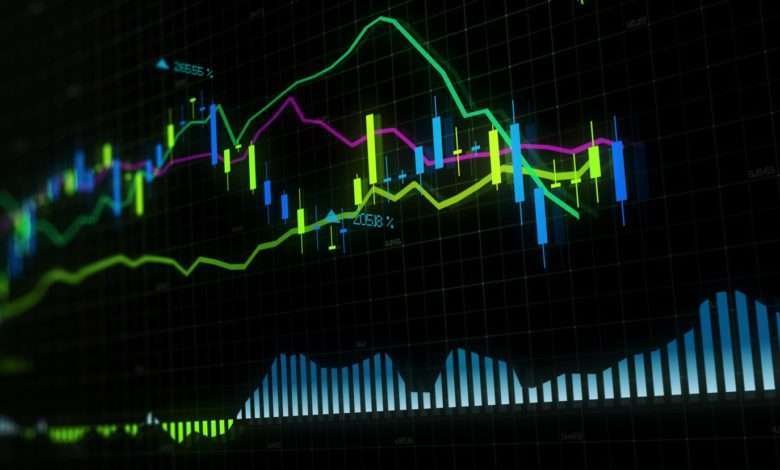The different forex trading platforms available: what you need to know

When it comes to forex trading, new investors can quickly become overwhelmed by the complexities. Whether it’s complex ideas and practices like risk management or simply the sheer range of pairs to pick from, there’s so much for a trader to get his or her head around. And one of the areas in which traders often slip up in this way is when picking a platform. With various types of MetaTrader on the go, as well as some in-house options, there’s a lot to choose from. This article will help open up some of the mystery around the choices and help you decide which one to go for.
MetaTrader 4
When opening up an account at a new broker, the big name that will usually appear is MetaTrader 4. This platform is the most common and it’s full of top features which give traders the chance to add power to their trading experience. These include “Expert Advisors”, which allow traders to automate much of the trading process according to sets of rules. There are also nine timeframes available for the analysis of price charts, and thousands of custom indicators for looking at the markets.
MetaTrader 5
The latest iteration of MetaTrader is, in many ways, quite similar to the one that came before it, and there is quite a significant overlap in terms of features. But it’s important to remember that there are some additional features which aren’t available on MetaTrader 4 as this MetaTrader 5 review from ForexTraders reveals. This includes more provision for those who are trading asset classes beyond foreign exchange pairs. It also has more timeframes: while MetaTrader 4 only has nine, MetaTrader 5 has just over 20. There are also more types of “pending order” in MetaTrader 5 – this version has six variations, while MetaTrader only has four.
Home-grown platforms
Finally, it’s also important to make clear that some brokers also offer a variety of platforms that they have produced in-house. Not all brokers provide them, as it often takes significant investment to produce something that works successfully. It’s also hard to predict what will be on offer in each of them, as they’re constructed to be bespoke. If you’re considering trading with a broker that offers a home-grown platform, it may make sense to ask for a demo before you open an account – or, even better, to open an account that does not require the depositing of money straight away. That way, you can get used to the quirks of the system before you start.
There are lots of different forex platforms available to pick from, and a trader who hasn’t done their research for whatever reason can understandably end up in the dark. As this article has shown, there are significant feature differences between all of the various options and it’s well worth investing the time in finding one which is right for your own personal trading needs.






